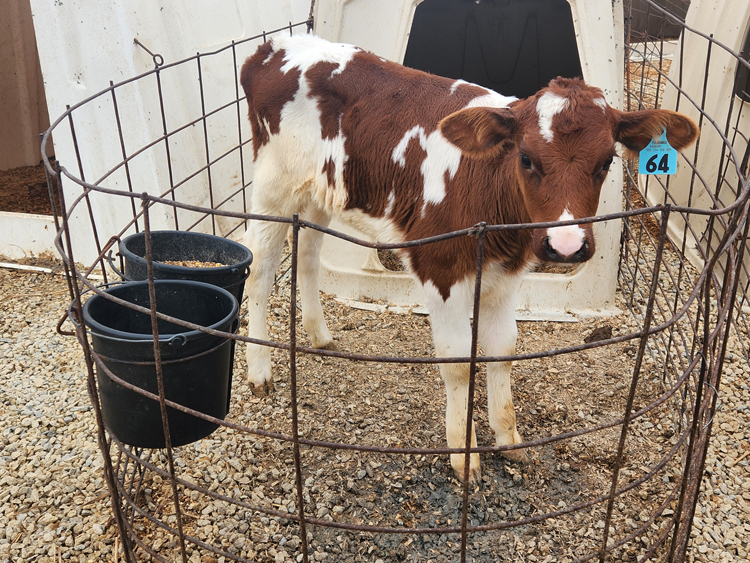
No one likes to be the person enforcing protocols on the farm. However, there is a reason we have protocols, and sometimes we need to check ourselves and our staff to ensure they are being followed.
A recent article in The Miner Institute Farm Report had me thinking about this procedural drift on our own farm specifically related to the cleaning of calf feeding equipment. Miner Institute’s Sarah Morrison wrote about a study done in Quebec that used microbial analysis and a method called ATP (Adenosine triphosphate) luminometry to test cleanliness of feeding equipment.
The researchers began with the following calf cleaning protocol in mind:
- Disassembly of the individual parts.
- Rinse with lukewarm water until visibly clean.
- Place in hot water with detergent.
- Scrub all surfaces (inside and outside) with a brush.
- Rinse with hot water containing acid sanitizer.
- Drain and air dry completely.
They then used two types of ATP luminometry, visual inspection, and microbial analysis to determine they cleanliness of feeding equipment on 50 farms. They found that while most equipment looked clean, every piece they tested showed contamination. Buckets and tube feeders were more contaminated than nipples, bottles, and esophageal tubes.
With that in mind, contamination of one piece of equipment wasn’t immediately correlated with contamination of other pieces of the feeding system.
Interestingly, the study had farms self-report their disinfecting systems. Half of farms claimed they unscrewed nipples from bottles before cleaning. To scrub the equipment, 68% of farms used a brush, 2% used a washcloth, 2% used a sponge, and 28% reported using no utensil.
Most commonly, farms reported using hot water to wash their equipment and dishwashing soap was the most used cleaning product. From there, 40% of farms used a disinfectant.
That brings me back to our operation and how we clean the items that our calves put their mouths all over. One area we keep a close eye on is replacement of the buckets from which the calves eat. We find that no matter how well we clean them, they wear down eventually and need to be replaced.
Here’s your reminder to take the opportunity to review your equipment and protocols before there’s a problem.

The author is a dairy farmer in Kansas and a former associate editor at Hoard’s Dairyman. Raised on a 150-cow dairy near Valley Center, Kansas, Maggie graduated from Kansas State University with degrees in agricultural communications and animal sciences.




